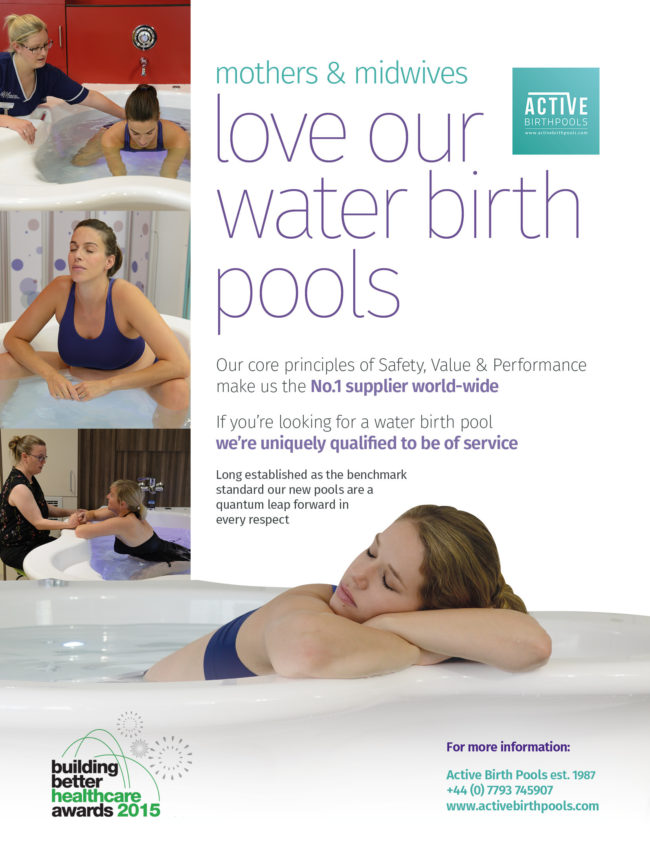Zanetti-Dällenbach, Rosanna1; Lapaire, Olav; Maertens, Anne; Holzgreve, Wolfgang; Hösli, Irene (2006) Archives of Gynecology and Obstetrics, Volume 274, Number 6, October 2006 , pp. 355-365(11)
Abstract:
To prospectively assess the effect of water birth on maternal and fetal outcomes in a selected low-risk collective of a tertiary obstetrical unit.
In this prospective observational study, 513 patients of a low-risk collective, who requested a water birth, were studied during the years 1998-2002. Primary outcome measurements included the maternal and fetal parameters.
Secondary outcome measurements comprised data on the incidence of water births in an interested, low- risk population in an academic hospital.
All groups were similar in terms of demographic and obstetric data. Significant differences were observed in maternal outcome parameters, which included the use of analgesia/anesthesia during labor, the duration of first and second stages of labor, perineal tears and episiotomy rate.
No differences were seen in all observed fetal outcome parameters including APGAR scores, arterial and venous pH, admission rate to neonatal intensive care unit and infection rate.
Water birth is a valuable and promising alternative to traditional delivery methods. The maternal and fetal outcomes were similar to traditional land births. However, currently there still exist some deficits in the scientific evaluation of its safety.
Therefore, the selection of a low-risk collective is essential to minimize the risks with the addition of strictly maintained guidelines and continuous intrapartum observation and fetal monitoring.
Based on our results and the literature, water births are justifiable when certain criteria are met and risk factors are excluded.

